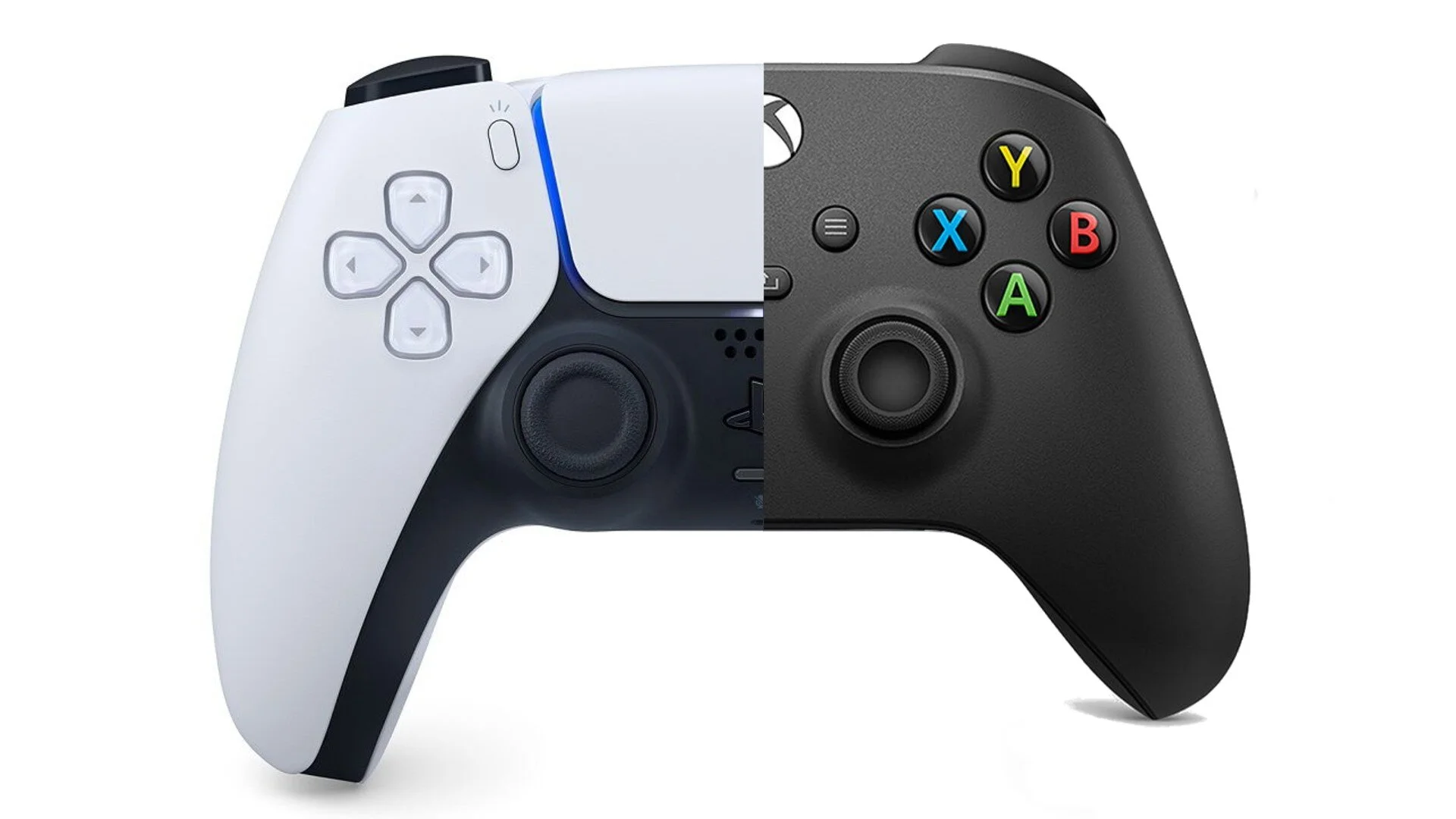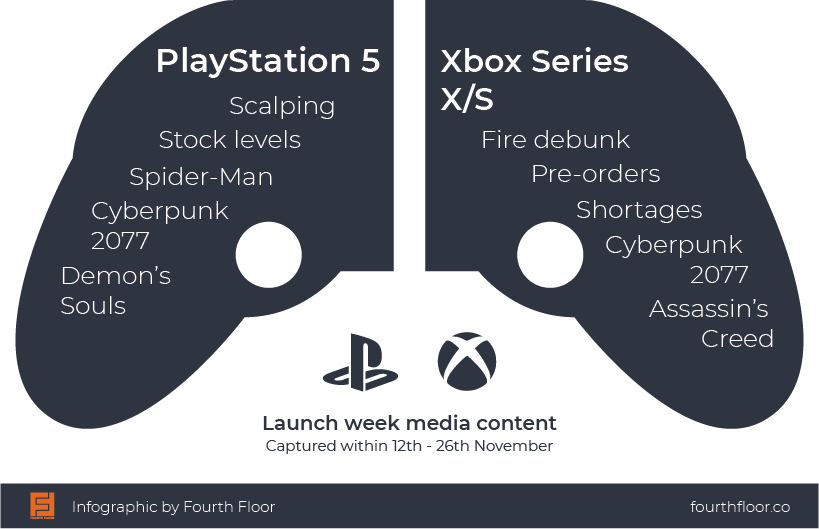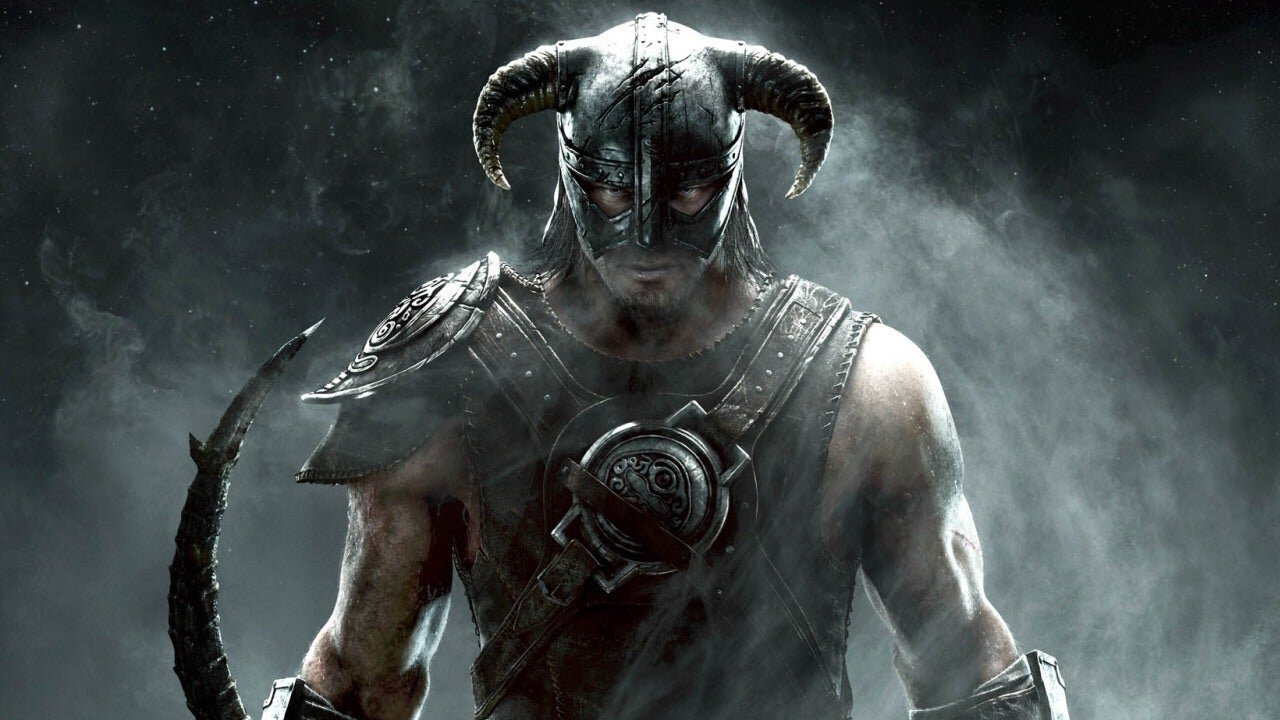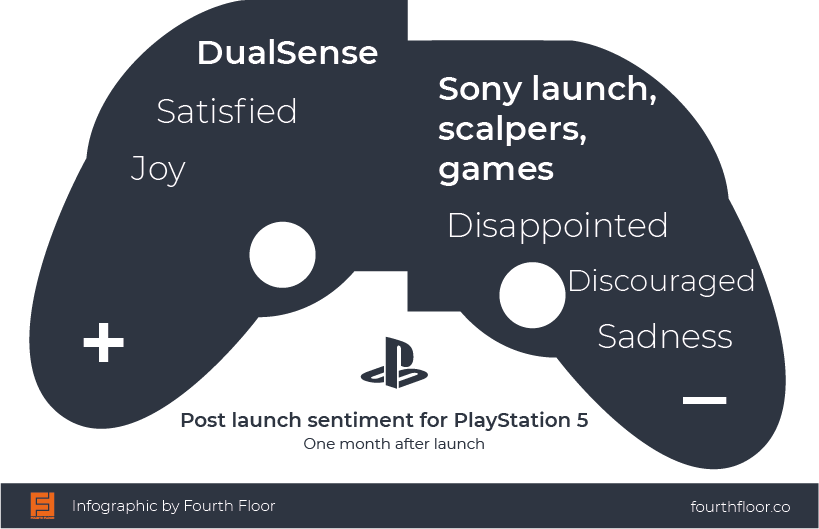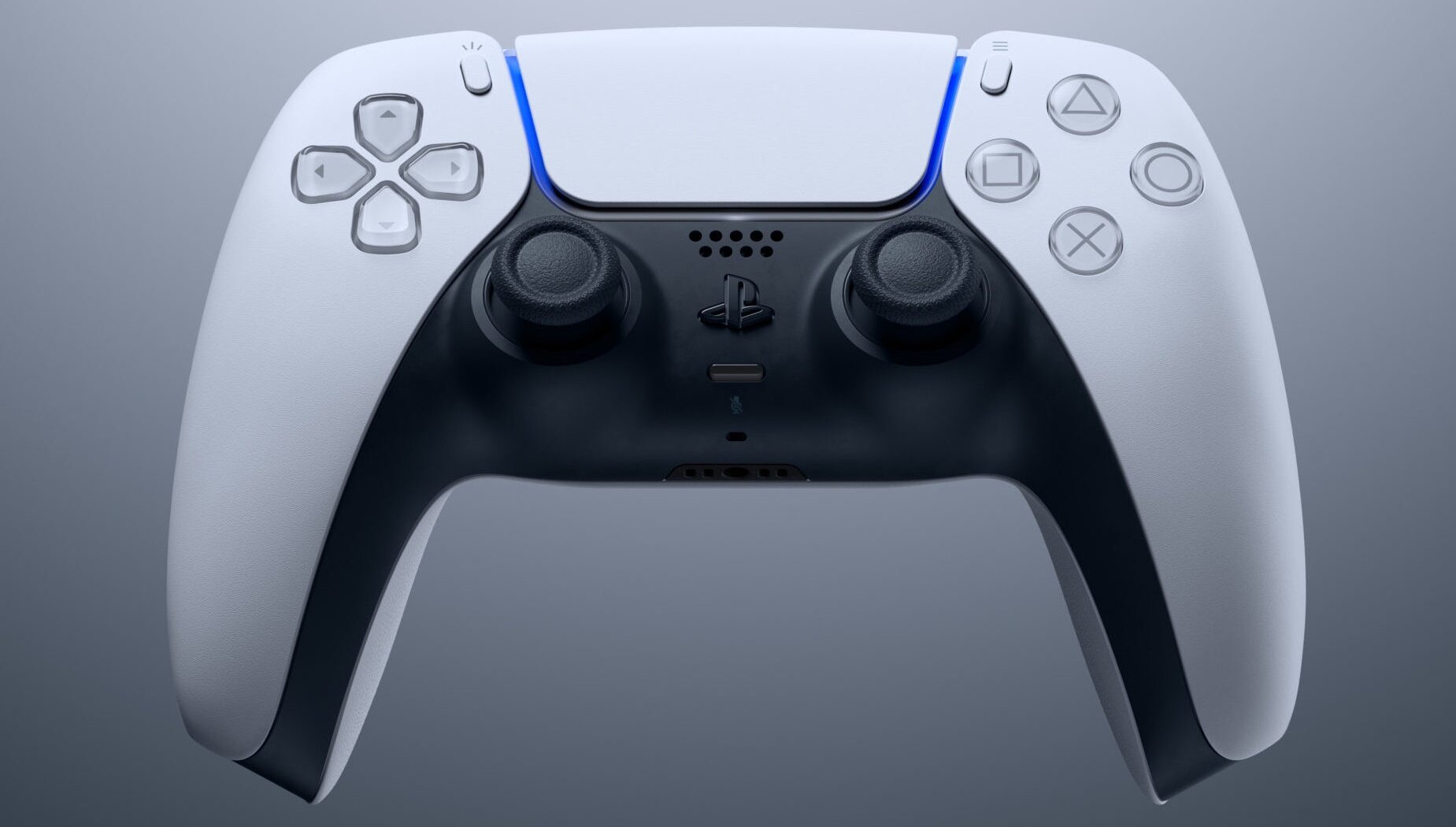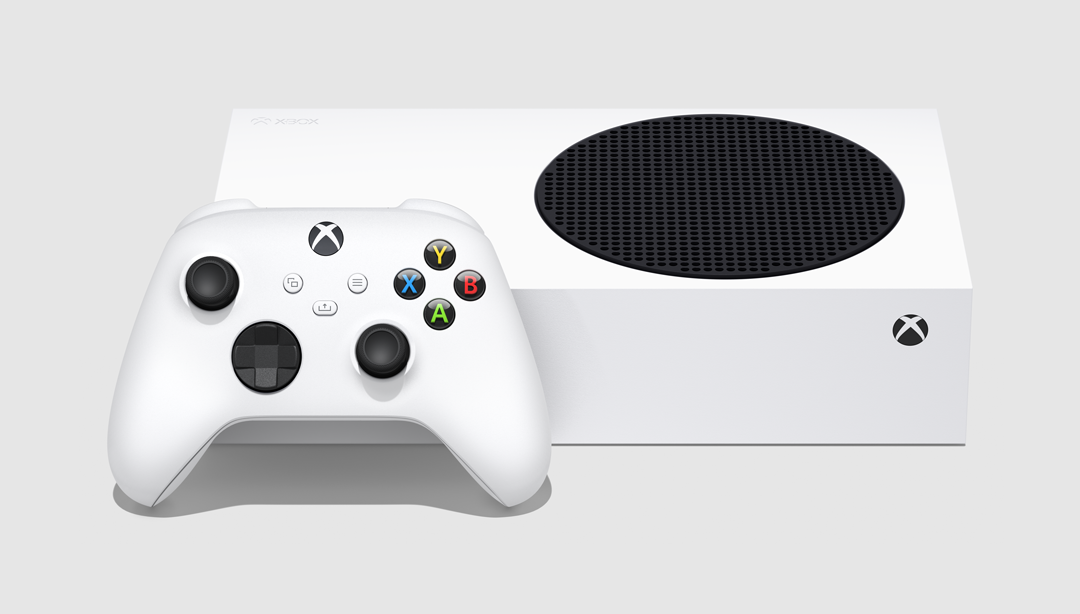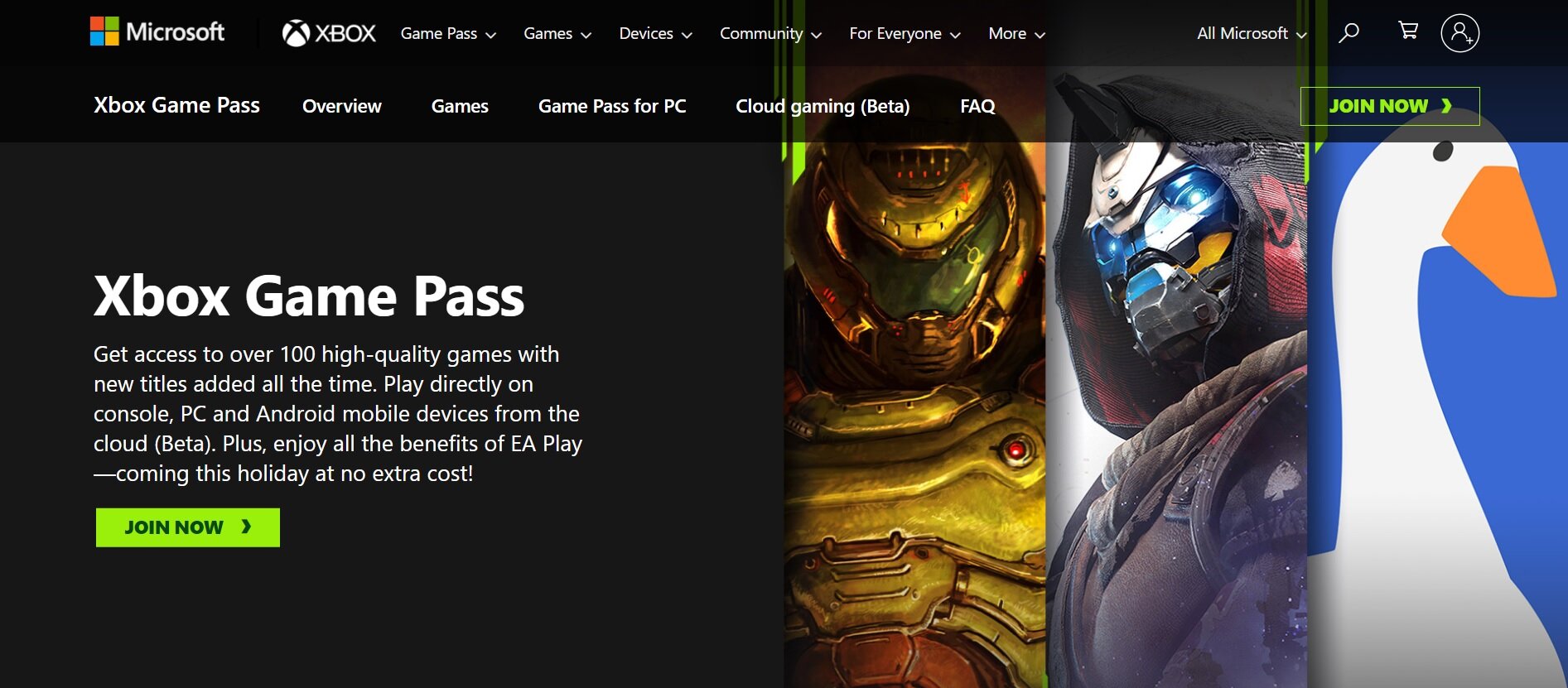Gamers left deflated by messy PS5 and Xbox Series X launch, but Series S ignites new excitement
It’s now over two months since the PlayStation 5 and Xbox Series X/S launched worldwide, technically kickstarting the beginning of the next generation of console gaming and ushering in a new era of videogame fidelity, design scope, and platform services. The elephant already setting up its presence in the room though?
“Technically”.
Because this console launch has not played out like previous next-generational kick-offs. With stock levels throttled by Covid-related manufacturing issues, the overall rate of 2020 game development following suit, and two wildly differing philosophies on what a modern next-generation console should even be - Sony pushing traditional next-gen power and sparkle, as Microsoft offers scalable options via two differently priced SKUs - it’s been a confusing time for gamers and games industry alike.
We covered the ups and down of the pre-launch marketing period late last year, via a four-part series analysing online video content data and the resulting audience sentiment. But now that both consoles have been out for a while, we thought it time to revisit the media and public response. For the sake of clear storytelling, we’re breaking the post-launch period into three distinct windows, starting with…
Launch week sees mixed feelings, amid a bigger-picture stock shortage
Looking at the coverage data for the consoles’ respective global launch weeks, the sheer weight of attention seems to imply an early PS5 win. During its launch week of November 19th to 26th, the PlayStation 5 enjoyed 1904 pieces of dedicated coverage from native YouTube content creators, with YouTube video content from traditional media bringing the total to 1986, for a total of 326M views. The Xbox Series X and S, meanwhile, won only 611 pieces of video coverage between the two groups, totalling 71.5M views during its own respective launch window of November 10th to 17th.
The PlayStation 5’s huge share of the coverage (roughly 3.25x that of Xbox during this period) is in-keeping with the general trend we saw before launch, where the generation-long dominance of the PS4 brand compared to the flagging Xbox One saw a consistently higher presence for Sony’s next-gen machine across all YouTube video coverage.
But as we also saw during that pre-launch analysis, pure numbers alone are not an indication of a console’s PR health. The subject matter, tone, and direction of consumer conversation around that content is all-important, so we’ve again applied social listening analysis to the key stages of the post-launch period to find out how the gaming public have really responded. And the results, in the end, might surprise you, to paraphrase many a clickbait headline.
While native YouTube content creators largely covered specific games during this early period, and built content around unboxings, the chief subject matter for the traditional media’s video output centred around the low availability of PS5 stock for launch and the mass presence of resale scalpers taking advantage of limited pre-order availability. Sony-exclusive sequel Spider-Man: Miles Morales proved to be the standout game in the coverage of the period.
Unsurprisingly, the audience conversation followed suit. Supply, scalpers, and Spider-Man established themselves as the three dominant subjects of conversation down in the comments, fuelling a tonal mix of led by hope, excitement, frustration. Probably a much more mixed bag of sentiment than Sony might have hoped for, given the massive head of momentum built by the console’s hype train up until this point, but positivity was propped up by near-universal praise for the console’s haptic feedback-equipped DualSense controller as a stand-out next-gen feature. Buyers’ remorse was starting to set in in certain circles, due to the lack of next-gen sparkle elsewhere, but it was early days, and console launch teething troubles are always par for the course.
During the Xbox’s respective launch window of November 10th to 17th, we can see a similar mix of unboxings, stock shortages, and pre-order fulfilment delays across content creator and press subject matter, with the additional ‘bonus’ of a wave of content creator videos exposing a glut of apparently faulty consoles starting to billow plumes of smoke. The press, respectively, filled out their slate with videos debunking the smoking Xbox hoax.
In terms of audience sentiment? Where Sony had Spider-Man, Microsoft had Cyberpunk 2077, the long-awaited, sci-fi role-playing game from storied Witcher developer CD Projekt Red. Not an exclusive game to Xbox, but long tied to the platform through marketing deals, Cyberpunk was at this point synonymous with the console’s identity. Although already delayed from mid-November to a December release date, Cyberpunk 2077 still dominated the early next-gen horizon, and thus the Xbox Series X launch conversation.
And alas, after multiple postponements and a minimum of hands-of preview time, the tone of conversation was turning to scepticism. Still, the mood around the new Xbox consoles themselves remained good, with positive sentiment to be found particularly in conversation relating to the controller and the newly improved Quick Resume game-pausing feature.
The story had though, just begun.
Early unease turns to frustration, as post-launch problems consolidate
Despite mounting ambivalence regarding the reality of the now current next-gen, overall coverage interest wasn’t slowing down as the dust from launch settled. Over the fortnight following its launch window (November 27th to December 11th), the PlayStation 5 won an additional 2378 pieces of video coverage, while the Xbox Series consoles gained only an extra 266.
That looks like an increasingly dire situation for the Xbox consoles in terms of pure numbers, but again, we need to look at the actual subject matter and tone of that content - and the response to it - to really understand the evolving climate. And here’s where audience sentiment data starts to send the story along a very different trajectory.
While content creators covering the PS5 continued to spin their wheels discussing next-gen basics such as 4K resolutions and cross-generational technical differences in games (while also covering the ongoing dearth of available stock), the traditional press’ output focused on the usual news and SEO churn of trailer discussion and game reviews. Attention was also already turning toward the potential relevance of the console to the Black Friday sales and Christmas. That relevance, alas, wasn’t to come, as no more retail stock would arrive in time.
Xbox coverage followed a similar track, with some more unique angles of interest also springing up. Of particular note was the discovery that the console’s ability to convert into a devkit also allows the installation of a whole host of unofficial console emulators. Probably not what Microsoft intended with the feature, but the revelation did add a fair chunk of unexpected positive sentiment to the conversation, via an alternative perk to owning the consoles. The air of illicit modding added a nice echo of the original 2001 Xbox’s unofficial appeal as well, which must have pleased certain stalwart fans.
The emulation story, perhaps understandably, made little splash in the mere six pieces of traditional media video content produced during this period, but was a big coverage driver with the content creator community. The press conversation for this period largely focused around continued unboxing content, and new Xbox Series X mods for Skyrim, a game originally released in 2011.
Clearly, by this point, talk of hot new games and genuine next-gen excitement were no longer the strong point of the next-gen conversation, and coverage across the board began to feel desperate for compelling angles. And while coverage numbers and viewing figures do confirm sustained appetite for coverage (albeit with a 19% drop in average views per video), the tone of audience conversation around the PlayStation 5 was already turning to annoyance and frustration, tempered only slightly by continued praise for the console’s controller. The social conversations was now dominated by stock, scalpers, and the growing perception that the console hadn’t really launched yet. Spider-Man was suddenly nowhere to be seen.
the Post-Christmas mood hits a new low, but hope springs from a surprise source as value perceptions change
And so, with next-gen buzz rapidly deflating, we move to the post-Christmas period of December 26th to January 9th, for a look at whether the holidays - and a presumed jump in console ownership - changed consumer attitudes at all.
On the coverage end of things, this is easily the lowest ebb for both consoles, with the PlayStation 5 winning only 511 videos from content creators, and 13 from traditional press, for a total count just over a quarter of what it achieved just a fortnight earlier (along with another 22% drop in views per video). The Xbox Series consoles managed coverage totals of only 45 and two, respectively. That saw the PS5 stretch its content lead over the Xbox to around 10:1 in terms of pure numbers. But as for the audience narrative? Weeeell…
Carrying on from the last period, when we look at the subject matter dominating content creator coverage, we see the theme of diminishing next-gen sheen carry over, with clear exacerbation. The DualSense controller stands out as the only quintessentially PlayStation 5 subject in the positive conversation. The key games being discussed at this stage are simply the PS5 versions of perennial YouTube traffic-spinners. FIFA, Fortnite, and NBA2K top the board, with additional representation for Cyberpunk. At this point it appears that YouTubers covering the PlayStation 5 had retreated back to discussing the safe old favourites, in lieu of anything genuinely new and exciting to cover spurred on by the PS5 itself.
As for the traditional press? They had moved on to 2021 PS5 previews in a bid for exciting coverage, with some 2020 post-mortems thrown in along the way. Understandable, and fairly standard formats for the time of year, but their leading the subject matter at this point feels like another case of bunkering down in traditional and safe annual content in lieu of anything special coming from next-gen.
In terms of audience? Things hit the nadir at this point. Looking at a tonal analysis of the audience social conversation around the PS5, only one mood prevails: Indifference. The DualSense controller remains the only PlayStation 5 element earning praise, with the rest of the conversation turning to reflection on the state of next-gen so far. The discussions leading the comments field now explicitly reference the notion that the PS5 experience simply does not feel next-gen. The difference between PS5 and PS4 games is not yet perceived big enough to be exciting, and while the machine itself does have a premium feel, most of that, at this point, simply comes down to (yes) the controller.
Over in the realm of Xbox, though, things suddenly start to become more interesting, albeit only once we’ve done a bit of deeper fishing and got past the initially offputting numbers and surface-level subject matter. With content creators now pivoting to cover rumours and alleged leaks, and the press looking ahead to STALKER 2 - one of the Xbox’s few upcoming exclusive games - the audience mood around traditional media content reflects that of the PlayStation crowd, with indifference and boredom being the two key flags found in a tonal analysis. The only new subject of conversation at this point is the discussion of hidden features in the hardware, hammering home the impression that everyone is scraping the bottom of the barrel in terms of things to talk about.
As for the prevailing audience conversations around games press content, here’s where we hit rock-bottom, as that very desperation ceases to be a subtext and becomes the explicit discourse. When commenters start actively discussing the tired, recycled nature of editorial subjects under the content itself, the news-flow clearly has a problem. And that’s exactly what started to happen here.
So, a total next-gen disaster so far? Well we did also say that things get interesting at this point. Because, harking back to our original pre-launch analysis, we can now see the fruition of some of the less obvious silver linings we predicted. The TL;DR (though we recommend that you do read the whole story at some point), is that last year we modeled a launch where the PlayStation 5 would launch with by far the greater amount of initial hype, but which would then see the Xbox consoles - particularly the lower-budget, more accessible Xbox Series S - start to make steady, word-of-mouth, ‘Hare and tortoise’ gains.
The Series S is, as we surmised back then, potentially the stealthy trump card in Microsoft's hand, providing a much more financially accessible entry point to next-gen gaming with entirely acceptable horsepower concessions. And - most crucially of all - it provides the neatest, most affordable route into astonishingly good value of the Xbox family’s Game Pass subscription service. Effective the Netflix of games, Game Pass as a platform feels like a potent secret weapon in the long-term console battle after launch. And by providing the Series S as a near impulse-purchase route into the sustained value of its ecosystem, Microsoft might be primed to subvert Sony’s big-splash hype with a slow and steady, asymmetric appeal built around long-tail value and services.
Why is that so relevant at this point? Because the sudden dearth of traditional, shock-and-awe next-gen excitement by early 2021 has forced the consumer conversation to pivot faster in that direction than we imagined, when we predicted this outcome late last year. Throughout this project, we’ve tended to limit social listening analysis to the more ‘neutral’ channels of multiformat, traditional gaming press sites to filter out as much fanboy bias as possible. But with press content volume (and the resulting audience data) starting to flag by the post-Christmas period, we’ve turned our attention back to the more less partisan areas of the content creator community in order to source a new seam of meaningful data. And that data is compelling.
Pivoting our viewing angle in this direction, we see a small jungle of hope springing up between the cracks in the concrete of disappointment. When we analyse the tone of Xbox audience conversation, we actually see excitement. We see hope. We see positivity. And all of it centred around the Xbox Series S specifically, in conjunction with Game Pass.
When we look toward the recurring conversational themes, there’s a wealth of discussion praising the budget machine’s excellent performance. There are repeat proclamations of the Series S’ value as ‘The Game Pass Machine’. There is readily expressed sentiment of the Series S’ worth as a companion console to the currently underwhelming PlayStation 5. There are multiple testimonials claiming that its unique value proposition has made it many gamers’ first ever Xbox purchase, echoing the sentiments we recorded last year, when the machine’s leftfield potential began to turn heads late in the next-gen campaign.
What can we take from all of this? So far, it seems that the market predictions we modeled from pre-launch content and audience data are coming to fruition almost exactly as we believed they would. If not more rapidly. Exacerbated by more severe Covid-related stock shortages that we expected, as well as an under-performing next-gen games line-up stemming from the same cause, it hasn’t taken long for the gaming public to become deflated by the ‘soft launch’ reality of next-gen, and begin looking elsewhere for excitement and invigoration.
It’s also worth noting that at some point a flattening of next-gen excitement was inevitable. Hardware performance increases generation-on-generation have been steadily plateauing over the last few cycles, and there was bound to come a point sooner rather than later when graphical launch-day gains flattened out to the point of disappointment. That such a generational advent came in a year when external forces also caused diminished software line-ups and console stock… Well that was just a perfect storm for deflation.
Additionally, this entire scenario is no doubt amplified by the necessity of 4K HDR displays to really get the best out of the next-gen visual upgrades that do exist, similarly to the way that the requirement of an HDTV diluted the initial impact of the PlayStation 3 and Xbox 360.
So with the ‘traditional’ next-gen appeal of ramped-up horsepower, improved visual fidelity, and exciting technological potential failing to fire this time around, Microsoft’s silver bullet combo of the Xbox Series S and Game Pass is - by both accident and design - perhaps proving an even greater slice of genius that we’d initially predicted.
By moving past pure technological heft and shifting their proposition toward value and services, Microsoft were arguably making a deliberate play to get ahead of the curve of diminishing next-gen returns. But with that curve being so steadfastly flattened by the special circumstances of 2020, the environment has been rapidly transformed into one that can allow the Xbox Series S to immediately thrive.
As always with audience sentiment analysis, it only pays so far to simply look at how many people are talking. To see the real story as we go further into this console generation, you’ll need to look very carefully at exactly what they’re saying. And naturally, at Fourth Floor we’ll be doing just that.
We’ll keep you posted.
APPENDIX
WHAT DATA DID WE USE, AND HOW DID WE CHOOSE IT?
For the purposes of this study, we defined our data sources as follows:
All YouTube video sources had to be unofficial channels (that is, not run by either PlayStation or Xbox), and sponsored content would not be included.
YouTube content creator channels had to meet a minimum criteria of 20,000 subscribers in order to be surveyed.
YouTube channels run by traditional media outlets had to meet a minimum criteria of 20,000 subscribers in order to be surveyed.
To be counted as a video response to a PlayStation 5 or Xbox Series X news beat, a video had to focus primarily on the individual console at hand, and not discuss its rival, except in a few specific cases of post-release discussion pieces from ‘neutral’ press sources.
PlayStation 5 content was defined using the terms “PS5”, and “PlayStation 5”. “PlayStation” alone was excluded in order to refine content accuracy.
“Xbox Scarlett” and “Project Scarlett” were used to accrue data for the June 2019 period, before “Xbox Series X” and “Xbox Series S” were adopted as the dominant search terms from December 2019 and September 2020 onward.
For ‘neutral’ social listening, we drew audience conversation data from the YouTube channels of four specifically chosen, prominent, global multiformat videogames and tech media brands - IGN, GameSpot, GamesRadar, and Digital Foundry - in order to minimise the effect of audience bias.
As for the tools we used, video volume, audience, and engagement detail was drawn by Fourth Floor’s Insight team, using our access to Tubular Labs technology. All social listening and conversational tone analysis was performed using a combination of Fourth Floor’s own in-house technology and IBM’s Watson tone analyser.

